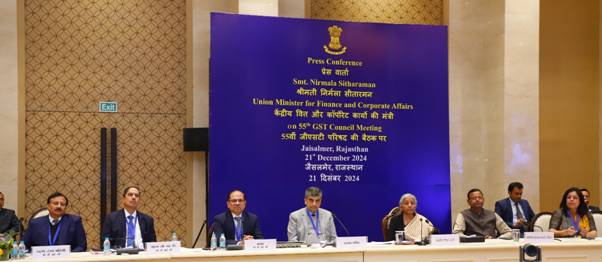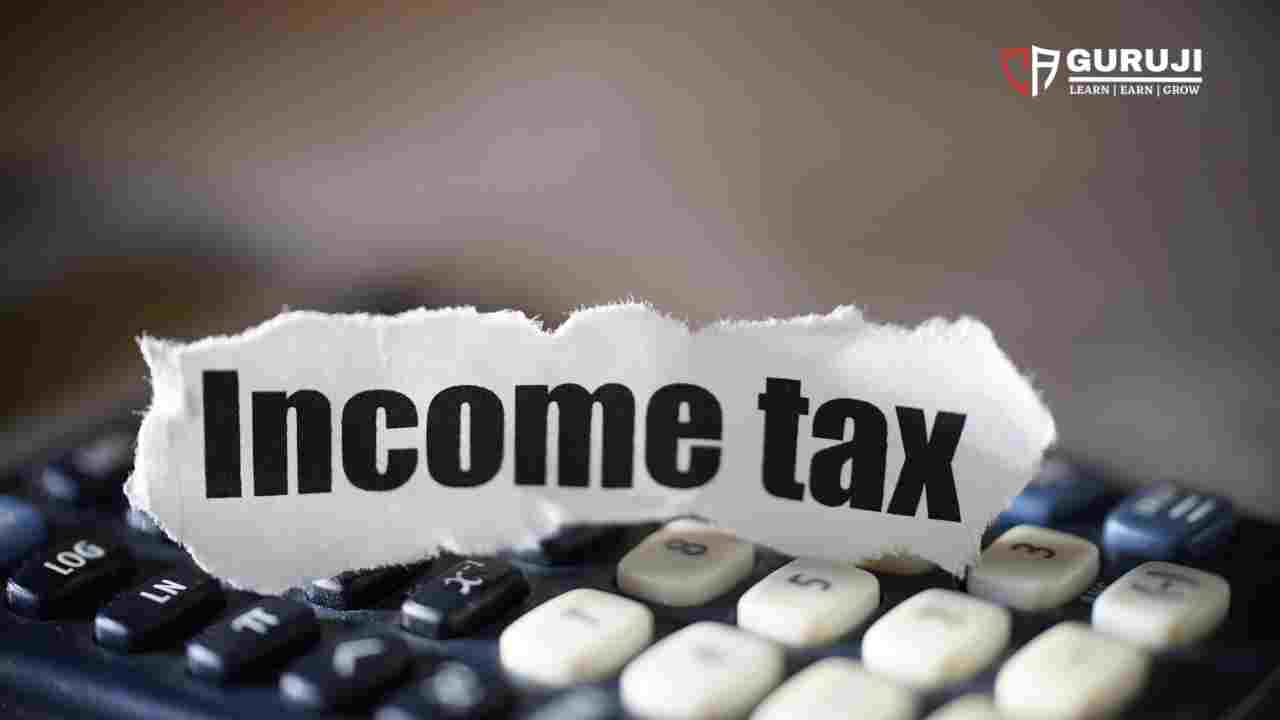There is now a ‘Discard Return’ option on the Income Tax department’s portal, which allows taxpayers to rectify errors in their income tax returns (ITR) and file a fresh return.
“Users can avail the option of ‘Discard’ for the ITRs being filed u/s 139(1) /139(4) / 139(5) if they do not want to verify it. The discard option is only available for taxpayers with unverified returns from the assessment year (AY) 2023-2024 onwards.
What is the purpose of ‘Discard Return’?
The Income Tax Return (ITR) undergoes several stages, including uploading the ITR, verifying it either simultaneously or later, processing, and scrutiny. Through the income tax e-filing portal, the Central Board of Direct Taxation (CBDT), is giving taxpayers an option to discard their uploaded ITRs before the verification process and then file a revised ITR.
According to Mitesh Jain, Partner at Economic Laws Practice, while there are no specific provisions under the income-tax act for the option of ‘discard return’, it is an attempt to streamline the process of filing income tax returns.
For instance: earlier, the taxpayer had to file a revised ITR if there was a mistake in the returns they initially submitted. The new option helps avoid the unnecessary process of verifying incorrect returns and then filing a revised return when the taxpayer discovers any error or omission in the originally filed return of income before verification, said Jain.
Key points to note:
According to Maneet Pal Singh, Partner, I.P. Pasricha & Co, here are some important points taxpayers should note before using the discard option:
-
- Discard is an irreversible action to the users, if ITR is discarded by the user once, it can’t be reversed.
-
- It is mandatory to file subsequent fresh ITR, after discarding previous unverified ITR.
-
- Users cannot discard those returns, where the ITR-V (Income Tax Return-Verification), has been submitted to the Centralised Processing Center (CPC) or the return is e-verified by the user.
-
- If the user discards the original ITR filed for which the due date is over, they must file a belated return. For instance: If you have filed original ITR on July 30, 2023, but have not verified it yet, you can avail of the option of ‘Discard’. However, if the returns are discarded and the subsequent return is filed after the due date, it would attract implications of a belated return.
The income tax department has advised taxpayers to check whether the due date for filing the return is available or not before discarding any previously filed return. The due date for filing ITR under section 139 (1) of the Income Tax Act was July 31, 2023. The due date for the belated return under section 139 (4) is December 31, 2023.
How do you use the discard option?
Taxpayers can use the discard option following these steps:
-
- Vist www.incometax.gov.in
-
- Log on to the portal
-
- Go to e-File
-
- Go to Income Tax Return
-
- Click on e-Verify ITR
-
- Click on the “Discard” option
When can you avail discard option and how many times?
According to the I-T department, taxpayers can avail of this option only if the ITR status is ‘unverified’/’Pending for verification’. There is no restriction on availing of this option multiple times.
What to do after you discard returns?
According to the income tax department, a taxpayer who has previously uploaded return data but opted for the discard option will subsequently have to file a return. Once an ITR is discarded, the action is irreversible and the return is considered as not filed at all.
Furthermore, if the taxpayer wishes to file a revised return in the future, they must provide details of the original filing date and the acknowledgement number of the valid ITR.
For example: If the user discards the original ITR for which the due date is over, they must file a belated ITR subsequently. As there is no prior valid return, date of original ITR and acknowledgement number if original ITR fields are not applicable. Now if the user wants to file a revised return in future, he will need to provide details of the filing date and acknowledgement number of the valid ITR filed, which is the date he files the revised ITR.
Visit www.cagurujiclasses.com for practical courses











